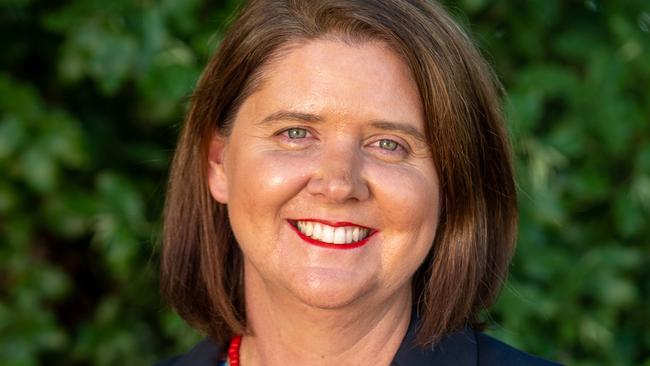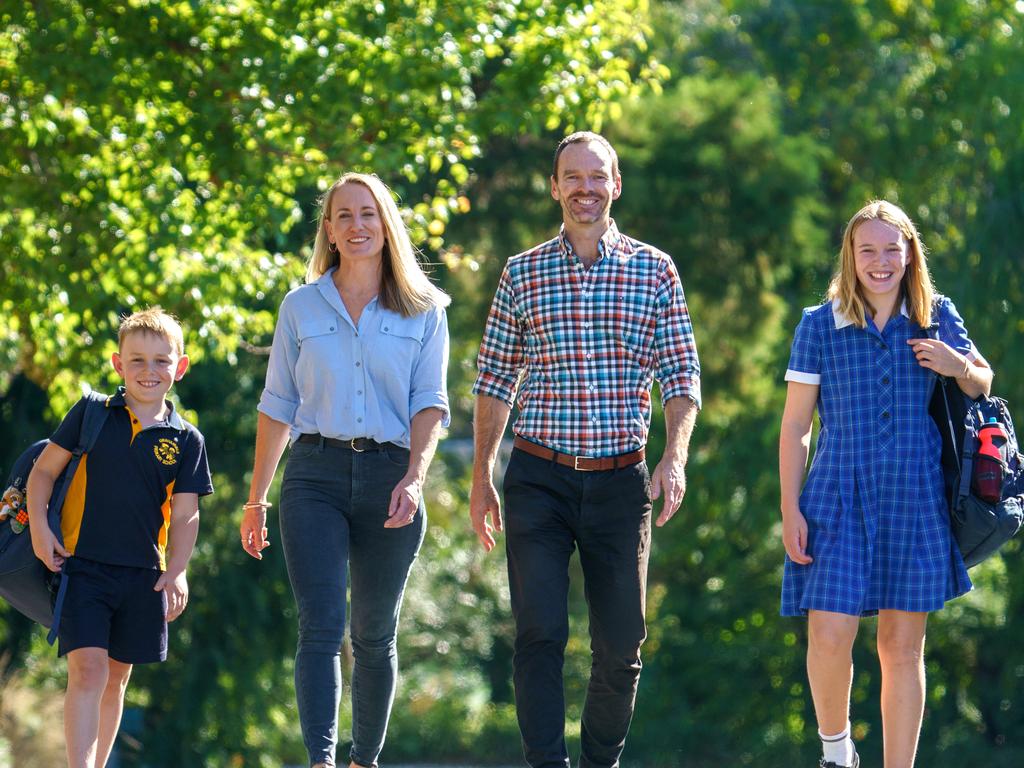Dearth of housing, skilled staff ‘Achilles heel’ of our regions
While some progress is being made to improve life in the regions, its ‘Achilles’ heel’ is a lack of housing, which makes attracting skilled workers even harder, a new report finds.

Regional Australia’s “Achilles’ heel” – a lack of appropriate housing and a shortage of workers – is hampering its contribution to national productivity and standing in the way of 3.5 million Australians’ desire to shift out of the cities.
Despite a population surge to the regions, turbocharged by Covid, building approvals have declined and hiring staff for critical roles has become harder, a new report warns.
While the regions have improved in the past year on indicators such as education attainment, digital inclusion and attracting more migrants, it is the vicious cycle of employers being unable to secure skilled staff because of a shortage of suitable housing that remains a critical concern, it finds.
The Regional Australia Institute’s one-year progress update on its 10-year Regional Ambition 2032 report finds housing and workforce targets have tracked backwards.
Institute chief executive Liz Ritchie said they were the “Achilles’ heel of regional Australia” and needed urgent policy attention.
“Regional employers … have been telling us it’s getting harder and harder to fill roles,” she said. “Also, having the right homes to accommodate new staff is a critical factor and that is why we must look at these issues in unison.”
A target in the Regional Ambition to reduce recruitment difficulty in regions to below 40 per cent over a decade is tracking the wrong way, with the figure at 69 per cent, up from 64 per cent a year ago.
And the need for new regional housing stock is not being met, with monthly building approvals declining since last year.
“This can’t continue,” Ms Ritchie said. “The current housing shortfall should serve as a stark warning to decision-makers.”
She said the RAI supported the Unlocking Regional Housing Bill, introduced into federal parliament this week, which calls for at least 30 per cent of the Housing Australia Future Fund to go to the regions.
Toowoomba businessman Anton Griffiths owns Tuff Australia, which manufactures bull bars and 4WD accessories. He started with three employees 20 years ago and now has 160.
“I could take another 15 welders and accessory fitters right now,” Mr Griffiths said.
“But if you find someone willing to move here it’s almost impossible to find accommodation for them.
“In the past I’ve had really good people, highly skilled, who’ve taken jobs but have tired of the temporary accommodation and moved on when they couldn’t find a suitable place to live.”
Ms Ritchie said recent surveys had revealed one in one in five metropolitan Australians is looking to move to the regions, equivalent to 3.5 million people.
And millennials are leading the charge. Census figures showed 54,000 more 25-39-year-olds moved to the regions from the cities than vice versa between 2016 and 2021.








To join the conversation, please log in. Don't have an account? Register
Join the conversation, you are commenting as Logout